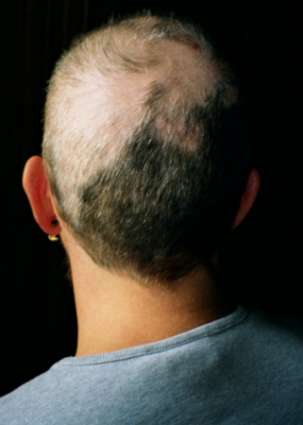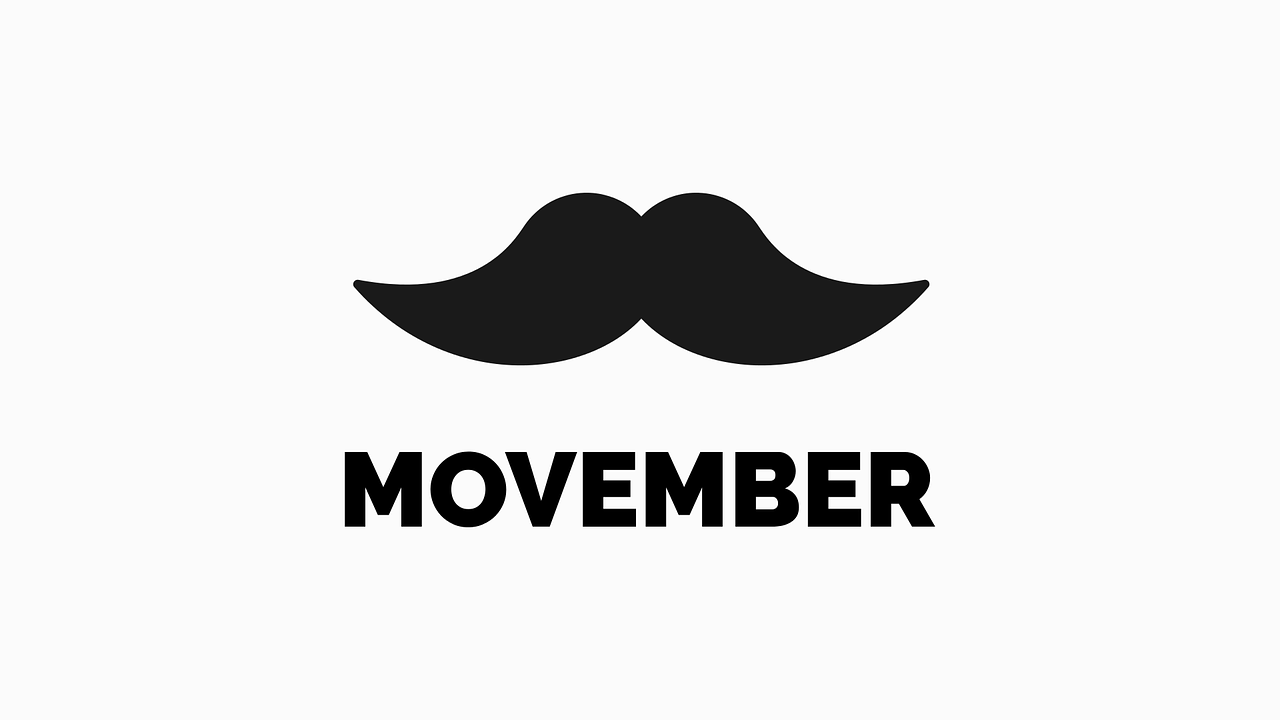
Introduction to Trichotillomania
Trichotillomania, commonly referred to as hair-pulling disorder, is a mental health condition characterised by an irresistible urge to pull out one’s hair, leading to noticeable hair loss and significant distress. This condition is part of a larger category recognised as obsessive-compulsive and related disorders and affects a substantial number of individuals, with estimates suggesting that around 1-2% of the population may be impacted. Understanding trichotillomania is crucial for raising awareness and promoting effective treatment options.
Recognising the Symptoms
Individuals suffering from trichotillomania often report a variety of symptoms, the most conspicuous being the compulsive pulling of hair from the scalp, eyebrows, eyelashes, or other parts of the body. This behaviour can be triggered by stress, anxiety, or even boredom. The act may provide a sense of temporary relief, but it is typically followed by feelings of shame, guilt, or embarrassment. Many sufferers also engage in hair-related rituals, such as examining the pulled hairs or using them inappropriately, which can exacerbate the cycle of behaviour.
Causes and Risk Factors
The underlying causes of trichotillomania are not yet fully understood, but a combination of genetic, environmental, and psychological factors appears to contribute. Studies show that individuals with a family history of mental health disorders are more likely to develop trichotillomania. Furthermore, various environmental factors, such as trauma, stress, and significant life changes, may trigger symptoms.
Treatment Options Available
While there is currently no cure for trichotillomania, various treatment strategies can help manage symptoms. Therapy options such as Cognitive Behavioural Therapy (CBT), specifically Habit Reversal Training, have shown significant efficacy. In some cases, medications may also be prescribed to help alleviate symptoms, including antidepressants or other medications targeted at impulse control. Support groups and educational resources further provide vital community and understanding for those affected by the disorder.
Conclusion and Future Significance
Raising awareness about trichotillomania is essential for fostering understanding and support for those impacted. Increased education can lead to better treatment options and support systems, ultimately improving the quality of life for sufferers. As research continues to evolve, the hope is that improved therapeutic techniques and interventions will become more widely available, offering individuals a better chance at managing this complex condition.
You may also like

Understanding Melatonin: Uses, Benefits, and Importance

Movember: A Month Dedicated to Men’s Health Awareness
